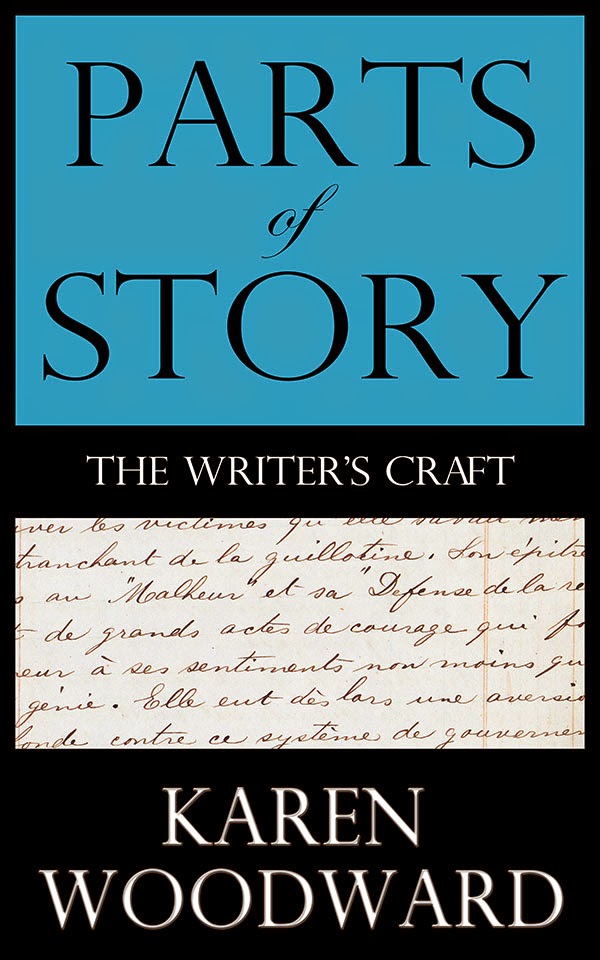Today I'd like to talk about science fiction and fantasy author Michael Moorcock and his guidelines for writing a 45,000 to 60,000 word novel in three days.
This feels like a confession--and I suppose it is!--but I wasn't familiar with Moorcock's work until a couple of years ago. He's one of only a few genre writers who have also published successful literary novels. Also--and this is straight from Michael Moorcock's Wikipedia page--The Times named Moorcock in their list of The 50 greatest British writers since 1945.
I think I discovered Moorcock around the same time as Lester Dent. It seems that, when Moorcock first started out, he was a pulpiteer of sorts:
"Most of Moorcock's earlier work consisted of short stories and relatively brief novels: he has mentioned that 'I could write 15,000 words a day and gave myself three days a volume. That's how, for instance, the Hawkmoon books were written.'" (Michael Moorcock, Wikipedia)
Michael Moorcock's Formula
In "How to Write a Book in Three Days," Eric Rosenfield writes:
"In the early days of Michael Moorcock's 50-plus-years career, when he was living paycheck-to-paycheck, he wrote a whole slew of action-adventure sword-and-sorcery novels very, very quickly, including his most famous books about the tortured anti-hero Elric. In 1992, he published a collection of interviews conducted by Colin Greenland called Michael Moorcock: Death is No Obstacle, in which he discusses his writing method. In the first chapter, "Six Days to Save the World", he says those early novels were written in about "three to ten days" each, and outlines exactly how one accomplishes such fast writing."
That's what I'd like to talk about today: How Michael Moorcock did it, how he wrote a book in only a few days.
All the quotations in what follows (except where otherwise indicated) are from Michael Moorcock: Death is No Obstacle via Rosenfield's article. I would love to read Death Is No Obstacle, and to provide an expanded overview of Moorcock's writing techniques, but I refuse to pay the $150 it's selling for on Amazon! I hope that, one day, the book will become available as an ebook.
1. Be Prepared.
MM: "If you're going to do a piece of work in three days, you have to have everything properly prepared."
Good advice. Great advice! But what, exactly, would this preparation consist of?
Michael Moorcock talks about how to prepare to write a book quickly at various points later in the interview, and we'll look at that, but here I'd like to talk about some of the things Lester Dent did to prepare to write a story in a short amount of time.
You might wonder why I've chosen Lester Dent. It's because Moorcock mentions Dent and his formula in both Death is No Obstacle and in his list of 10 rules for writers:
"7. For a good melodrama study the famous "Lester Dent master plot formula" which you can find online. It was written to show how to write a short story for the pulps, but can be adapted successfully for most stories of any length or genre." (Michael Moorcock's Rules For Writers, The Guardian)
Also, anytime a person sits down to write a massive amount in a short span of time, one needs to prepare and, even though a 45,000 word book is a lot longer than a 6,000 word story, still, many of the things we need to set up are the same--or at least similar.
Lester Dent on what must be in place to write a story quickly:
Lester Dent writes that you need to think about four things before sitting down to write a story:
1. A DIFFERENT MURDER METHOD FOR VILLAIN TO USE
2. A DIFFERENT THING FOR VILLAIN TO BE SEEKING
3. A DIFFERENT LOCALE
4. A MENACE WHICH IS TO HANG LIKE A CLOUD OVER HERO [2]
I think that by "different" Dent meant a thing that was unusual, something mysterious; something that would catch a readers attention (I'll talk about this in more detail in point 5, perhaps I'll get to that on Friday).
You don't need to come up with something unique and mysterious for each of (1), (2) and (3), above. As Dent writes:
"One of these DIFFERENT things would be nice, two better, three swell. It may help if they are fully in mind before tackling the rest."[2]
In other words, come up with ideas for all three, but only one of them needs to be different and mysterious.
By now we should have:
a. A murder method.
b. The villain's goal.
c. The setting.
One of a, b or c must be different; interesting, attention grabbing, mysterious. If all of them are, great! But we only need one.
d. A menace which hangs over the hero.
Here's how I think about the menace. Imagine a man in a rowboat being chased by a shark. The man is paddling toward land as fast as he can, but the shark is slowly gaining.
A hero/protagonist is driven by two forces: the situation he is trying to escape (the shark) and whatever it is he hopes to achieve; his goal (the land). Generally these two things are related (being chased by the shark explains the man's emphatic desire to reach land) and yet are distinct.
Using this analogy, the menace that hangs over the hero is his fear of the shark, anticipating being made into a nice light, very bloody, snack. (In a sense, too, the shark, the menace, provides the ticking clock, but we'll look more at that later in this series.)
Links/References/Notes
1. The Wet Asphalt articles on Michael Moorcock:
1b. On writing ...
1e. So How'd I Do?
2. Lester Dent Pulp Paper Master Fiction Plot, by Lester Dent hosted over at paper-dragon.com.
Photo credit: "News from the Pottery Market" by *Light Painting* under Creative Commons Attribution 2.0.










